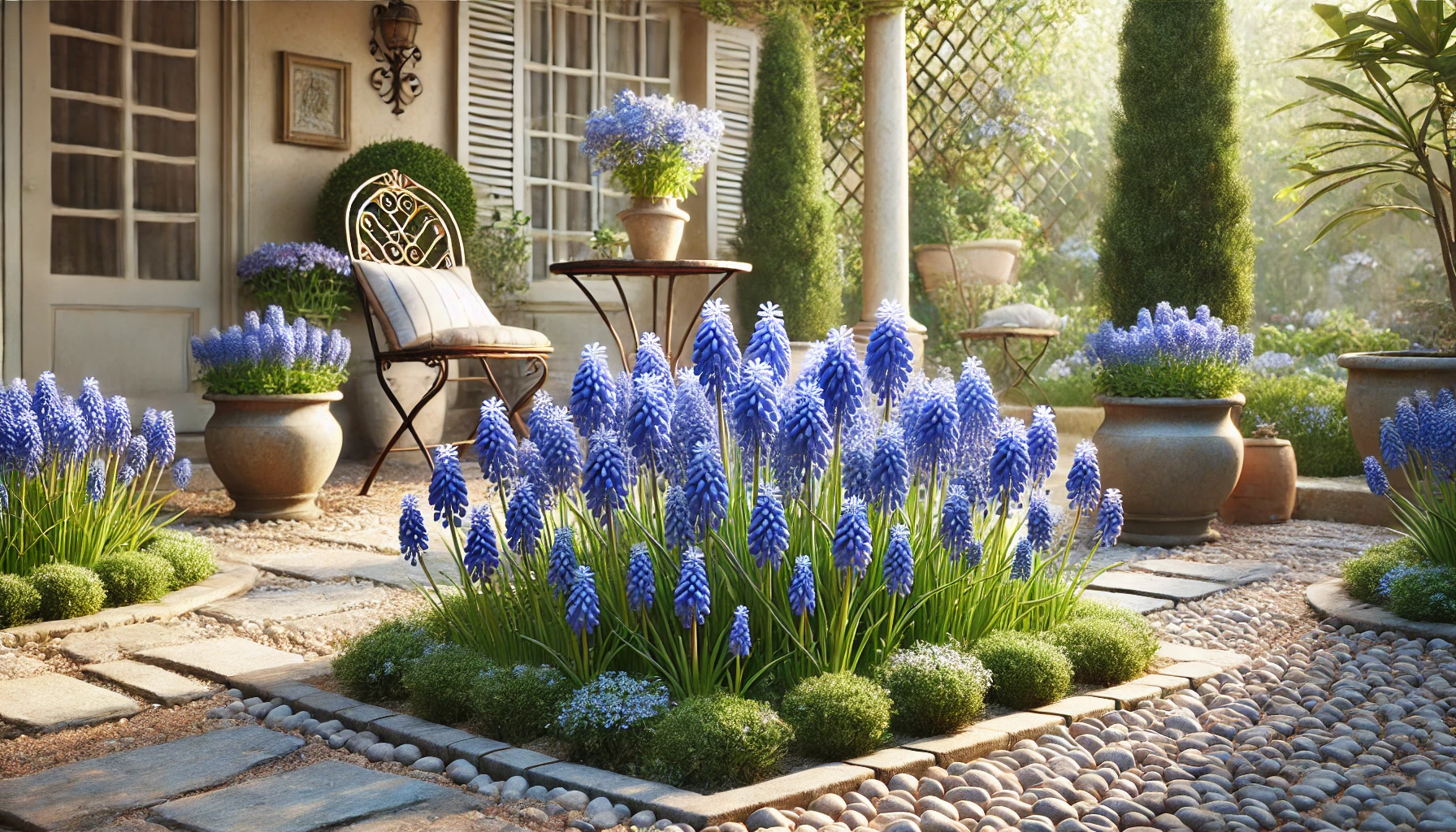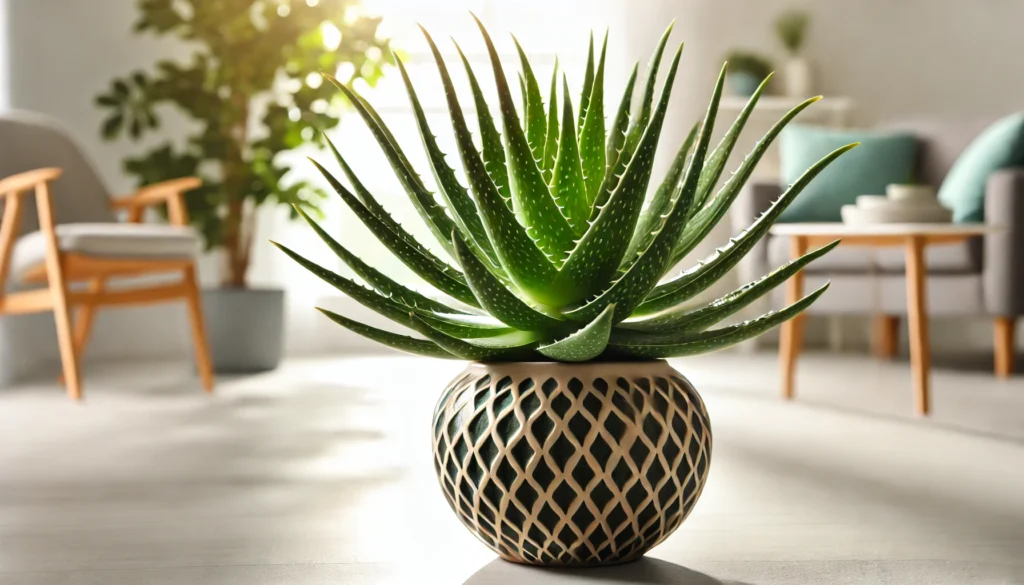
The Grape Hyacinth (Muscari spp.) is a delightful and hardy perennial that brightens gardens in early spring with its clusters of tiny, bell-shaped flowers resembling a bunch of grapes. These flowers, typically in shades of blue, purple, or white, create a stunning carpet of color in garden beds, borders, or containers. Grape Hyacinths grow to about 6-12 inches (15-30 cm) tall, making them perfect for adding vibrant color to your spring garden.
History and Ideal Growing Conditions
Native to Europe and Asia, Grape Hyacinths have been cultivated for centuries, valued for their early bloom time and low maintenance. These plants thrive in USDA Hardiness Zones 4-8, making them suitable for a wide range of climates. They prefer well-draining soil and full sun to partial shade. Grape Hyacinths are cold-hardy and require a period of cold dormancy to bloom, making them perfect for cooler climates. They can also naturalize easily, spreading over time to form dense, colorful patches.
Is the Grape Hyacinth Toxic to Pets?
Grape Hyacinths are generally considered non-toxic to pets, making them a safe addition to gardens where pets roam. However, as with any plant, it’s best to prevent pets from chewing on the leaves or flowers, as this can still cause mild digestive upset.
Safe Alternatives for Pet Owners
Since Grape Hyacinths are non-toxic, there’s no need to look for alternatives if you have pets. However, if you want to diversify your pet-safe garden, consider adding other non-toxic spring bloomers like Daffodils (Narcissus spp.) or Snowdrops (Galanthus spp.), both of which add early-season color to your garden.
Best Practices for Caring for Your Grape Hyacinth
Caring for Grape Hyacinths is straightforward, making them an excellent choice for gardeners of all experience levels.
Watering and Humidity
Grape Hyacinths prefer to be watered regularly during their growing season but can tolerate short periods of drought. Water them deeply after planting, and keep the soil consistently moist until they finish blooming. Once the flowers fade, reduce watering as the plant enters dormancy. These plants do not require high humidity and thrive in typical outdoor garden conditions.
Soil, Light, and Temperature
For optimal growth, plant your Grape Hyacinths in well-draining soil, rich in organic matter. They prefer full sun but can tolerate partial shade, especially in hotter climates where some afternoon shade helps prolong their bloom time. The ideal temperature range for Grape Hyacinths during their growing season is between 50°F and 70°F (10°C to 21°C). These plants need a period of cold dormancy, so they are well-suited to regions with cold winters.
Common Problems and Remedies
Grape Hyacinths are generally low-maintenance and resistant to many common pests and diseases, but they can encounter a few issues.
One common problem is poor blooming, often caused by insufficient sunlight. Ensure your plants receive at least 6 hours of sunlight daily to promote healthy blooms. Another issue can be overcrowding, which can lead to smaller flowers. If your Grape Hyacinths become too dense, consider digging up and dividing the bulbs in the fall to allow more space for each plant. Additionally, watch out for slugs and snails, which can occasionally damage the foliage. Using organic slug bait or creating barriers around the plants can help protect them.
Invasiveness
Grape Hyacinths can spread rapidly, especially in ideal growing conditions, leading to a somewhat invasive nature in some gardens. If you want to control their spread, consider planting them in containers or in areas where their growth can be easily managed. For gardeners concerned about invasiveness, alternative spring bulbs like Crocus (Crocus spp.) or Anemone (Anemone spp.) offer similar early-season color without the risk of spreading.
Propagation and Benefits of the Grape Hyacinth
Grape Hyacinths are easy to propagate, primarily through bulb division. After the foliage dies back in late spring or early summer, dig up the bulbs and separate the offsets from the parent bulb. Replant the bulbs immediately or store them in a cool, dry place until the fall. Beyond their beauty, Grape Hyacinths also attract pollinators like bees and butterflies, contributing to the health of your garden ecosystem.
Final Thoughts
Grape Hyacinths are a cheerful and hardy addition to any garden, offering vibrant color and easy care each spring. Their non-toxic nature makes them safe for homes with pets, and their adaptability allows them to thrive in a variety of climates and garden settings. Whether you’re looking to create a lush spring garden or add early blooms to your landscape, Grape Hyacinths are an excellent choice. With proper care, these charming plants will reward you with stunning displays year after year.



